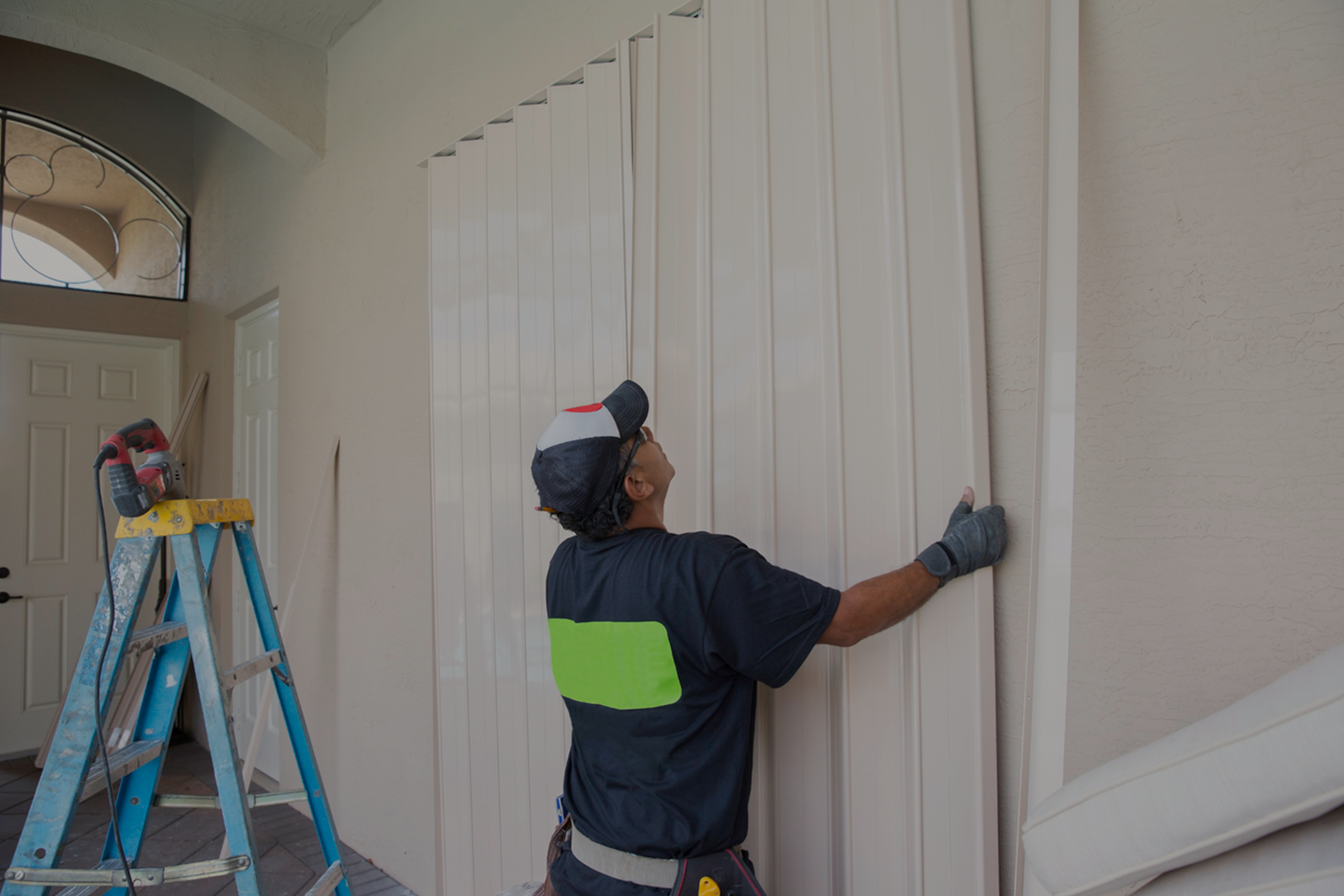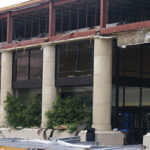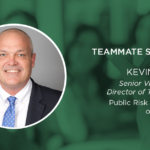By Chris Kittleson, Director of Loss Control Technical Services – Public Risk Underwriters of Florida, Inc.
During Florida’s hurricane season employees are exposed to increased risk of injury. Employees who are most likely to sustain injuries are those who perform work duties in preparation of the storm and perform hazardous work duties outdoors during the storm. Employees who deal with the aftermath of the storm during debris cleanup and repair of buildings and infrastructure are also exposed to increased risk of injury.
Hurricane preparation
A means of reducing storm related injury/illness during emergency preparations can be obtained by implementing an Emergency Action Plan (EAP). The Occupational Health and Safety Administration’s (OSHA) 29 C.F.R. 1910.38 requires employers with more than 10 employees to develop and implement a written Emergency Action Plan. The EAP should be developed to identify and coordinate necessary employer and employee actions during an emergency such as a hurricane. In addition, in order for the EAP to be effective employees need to be trained to better understand their roles and responsibilities under the plan. At a minimum the EAP must include the following elements:
• Means of reporting emergencies
• Evacuation procedures and assigned exit routes
• Procedures to account for all employees following an evacuation
• Procedures to be followed by employees required to remain behind to attend to critical operations before evacuating
• Designate and train employees to assist in a safe and orderly evacuation of other employees
• Rescue and/or medical duties for employees who are assigned/trained to perform them
• Names or job titles of people who can be contacted for more information about the plan
• The location of the nearest hospital or emergency medical center
• The type of alarm system used to notify employees of an emergency
• The location and permissible use of protective equipment such portable defibrillators, first aid kits, dust masks, and fire extinguishers
• Identify employees who are qualified/trained to perform emergency preparations to reduce the potential for injury/illness
Responding during an emergency
While most employees can stay inside during a hurricane, some employees are required to go into the storm. This may include utility workers, law enforcement personnel, firefighters and emergency response medical personnel, sanitation and public works employees. Some of the typical workplace safety hazards employees would be exposed to during a hurricane include the following:
• Hazardous driving conditions due to slippery roadways
• Exhaustion from working extended shifts
• Slips and falls due to slippery walking/working surfaces
• Dehydration
• Falling and flying objects such as tree limbs and utility poles
• Heat stress
• Electrical hazards from downed power lines or downed objects in contact with power lines
• Musculoskeletal hazards
• Waterborne diseases
• Falls from heights
• Burns from fires caused by energized line contact or equipment failure
• Exhaustion from working extended shifts
• Dehydration
Responding after the initial emergency
Once the proverbial dust settles after a hurricane, hazards to employees still remain. Hazards are even greater for employees who are tasked with cleaning up after the storm and can expect to be exposed to the following hazards:
• Exposure to hazardous chemicals or mold
• Mosquito-borne diseases such as Zika virus
• Downed power lines and trees
• Structural destabilization
• Heat illness
• Tree removal/chain saws
• Confined spaces
• Exhaustion from working extended shifts
• Blood-borne diseases or other contagions
In all cases it is incumbent upon employers to ensure employees exposed to the hazards referenced are provided with appropriate training, proper tools and equipment as well as personal protective equipment to reduce and/or eliminate workplace injuries/illness during Florida’s hurricane season.
For additional information and assistance regarding emergency preparedness, please feel free to contact your Preferred Loss Control Consultant.
Christopher H. Kittleson
Christopher H. Kittleson is the Director of Loss Control Technical Services for Public Risk UW of Florida and provides Loss Control services for public entities in the southeastern Florida region. With over 25 years of Safety & Health consulting experience in both the public/private sector, Chris has developed expertise in the areas of Safety Program Development, Regulatory Compliance, Accident Investigation and Safety Training. Chris graduated Cum Laude from St. Cloud State University, St. Cloud, MN with a Bachelor’s of Science in Engineering Technology, has earned his Associate in Risk Management (ARM), is a National Safety Council Certified Defensive Driving Course Instructor, as well as a Professional Member of the American Society of Safety Professionals (ASSP), Past President of the South Florida Chapter of ASSP and was awarded the 2013 Safety Professional of the Year Award by the South Florida Chapter of ASSP.







